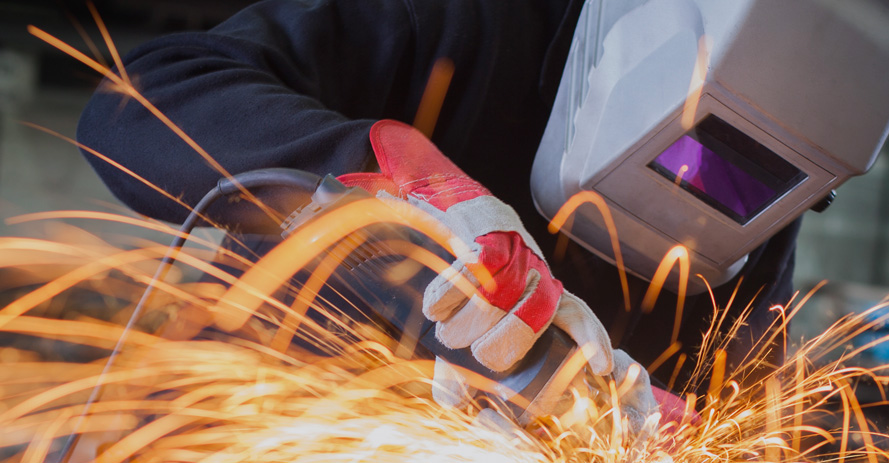The HikaShop canadapost plugin requires the SOAP PHP extension to be installed and activated on your web server. Please contact your hosting company for help on installing/activating it as we detected that it is not or deactivate the canadapost plugin.
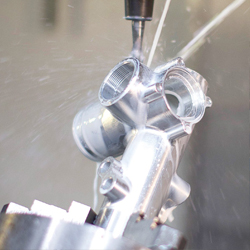
5 Axis CNC Milling
Our state of the art HAAS CNC machining centers are ready to handle simple to complex parts with speed, precision and accuracy.
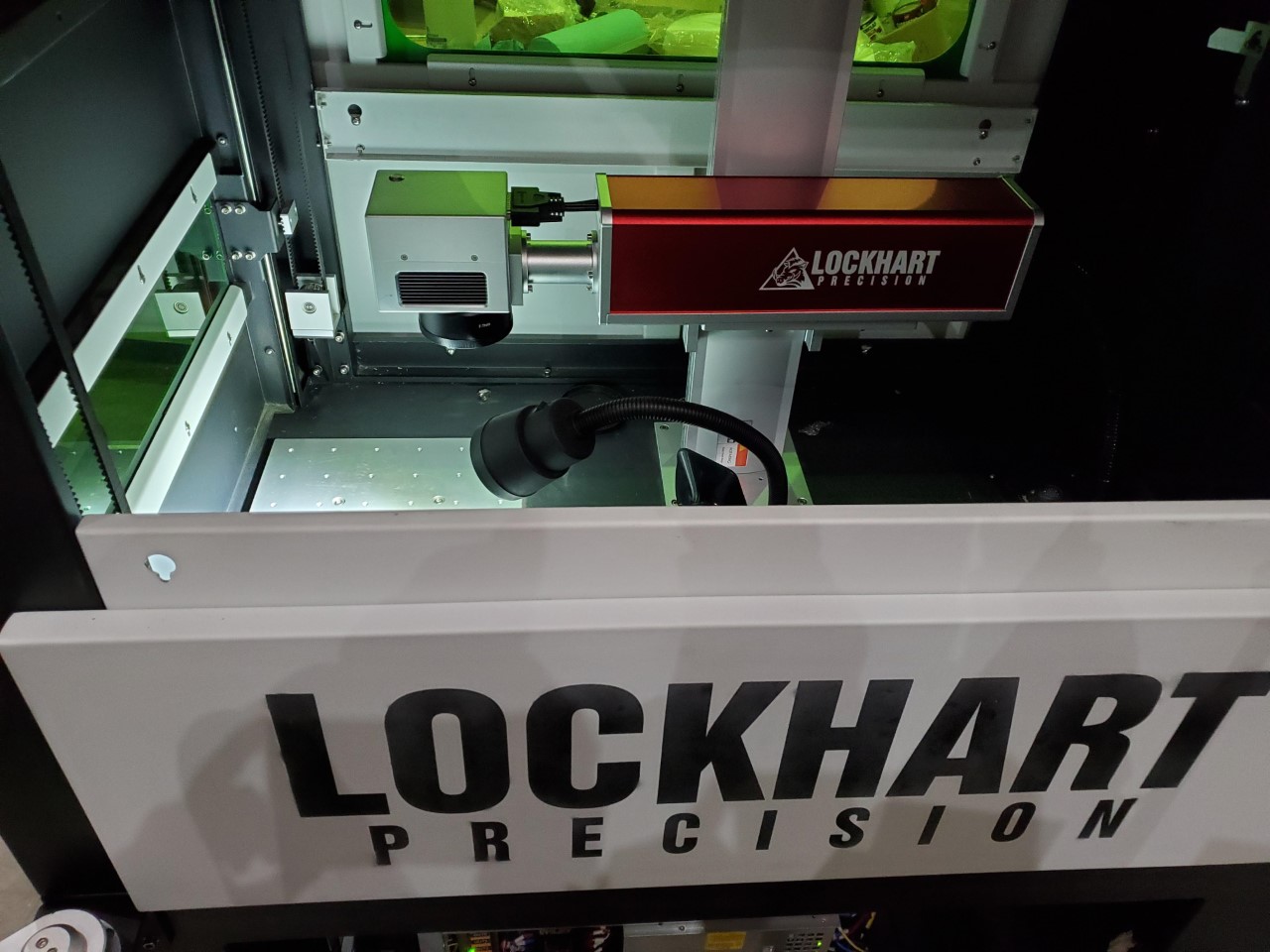
Laser Engraving
Equipped with a brand new state of the art 50 Watt Fiber Laser, 4th Axis....

Metal Art
We can make the most impressive and beautiful metal art you've ever seen. Sit back and dream big while we do the work!
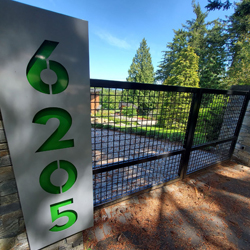
Electric Gates
Aluminum, Steel or Wood panelled gates, automatic or manual opening, we craft the most beautiful gates to suit your home!
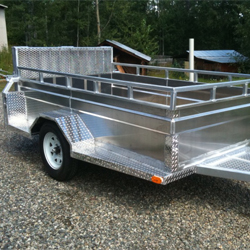
Custom Trailers
Lightweight yet durable Aluminum for smooth towing or heavy duty steel trailers
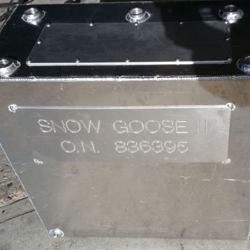
Aluminum Fuel Tanks
Aluminum, Steel, Stainless, we can build it!
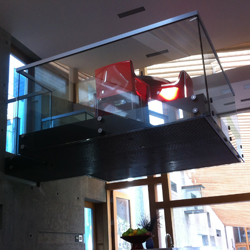
Glass Hand Railings
From Modern Monotube Staircases to Stainless Steel Cable Railings, Dock Ramps and more, Lockhart Precision ensures complete satisfaction.
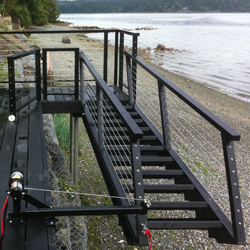
Stainless Steel Cable Railings
From Modern Monotube Staircases to Stainless Steel Cable Railings, Dock Ramps and more, Lockhart Precision ensures complete satisfaction.
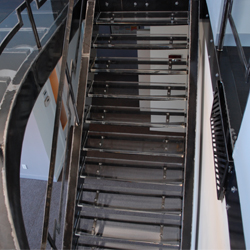
Residential Staircases
From Modern Monotube Staircases to Stainless Steel Cable Railings, Dock Ramps and more, Lockhart Precision ensures complete satisfaction.

Custom Signage
CNC Cut Signs and Decorative Wall Panels - Elegant solutions for true 2D and 3D residential and commercial applications.
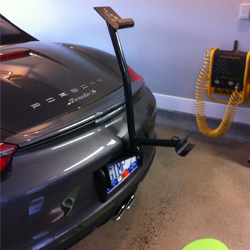
Paraplegic Modifications
From custom paraplegic vehicle modifications to fixing and enhancing racing wheel chairs...
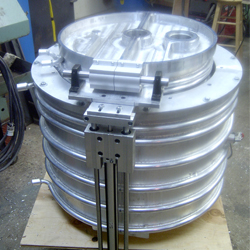
Custom Prototyping
Single units or mass quantities, we are ready to take you from concept ideas through to production.
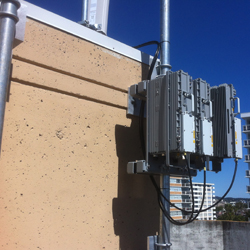
Commercial Work
Cellphone tower brackets, steel platform, aluminum walk ways and more.
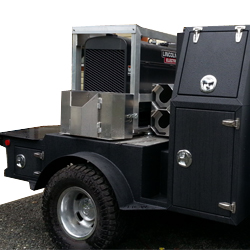
Custom Vehicle Mods
From 4x4 off road vehicles to daily drivers, we're equipped and standing by to pimp your ride the way you want it!
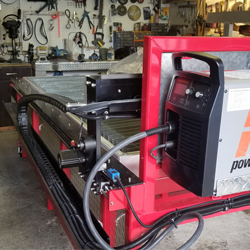
Automation Machines
We build and sell custom machines to automate your workflow, enhancing production reliability and increasing profits margins.
About Us
Beginning in 1993 Lockhart Precision which was once then, Lockhart Brothers Fabrication was established and open for business. Prior to opening our own business, we worked as a welders, fabricators and machinists for large shops in Western Canada. Wayne, our main welding and fabricator has over 35+ years of experience in the industry. We build sophisticated computer controlled equipment to simply powder coating projects and doing custom finishing.
Over the many years we have continued to adapt and expand with new technologies.
Our company has worked on an extensive array of projects, giving us the experience to take on even the most challenging of jobs. Our goal as a company is to make 'Custom Fabrication' available to everyone.
Known for our creativity and outstanding service, Lockhart Precision proudly serves the entire lower area of Vancouver Island!
If you have a project both ordinary or unusual send us an email or give us a call. At Lockhart we are excited to work with you on any project, large or small. Let's make things.
A few of our capabilities include but are not limited to:
- Electric Gates
- Topless Glass Hand Railings
- Wrought Iron Fences and Rails
- Stainless Steel Cable Railings
- Plasma Cutting and Design
- Custom Built CNC Plasma Tables
- Custom Built CNC Router Tables
- Custom CNC Machines made to order
- Aluminum or Steel Trailers
- Aluminum Roof Racks
- Aluminum and Stainless Steel Welding and Fabrication
- Marine Fuel Tanks
- Fishing Boats and Equipment Refitting
- Aluminum Fishing Rod Holders
- Aluminum Radar Arches
- Automatic Gate Systems
- Steel Shooting Targets
- Custom Aluminum Welding Truck Rig Boxes and Decks
and more!
Can't find what you're looking for on our site? Ask one of our fabrication specalists
Info@LockhartPrecision.ca
Phone: 250-715-7290
Toll Free: 844-562-8221 (844-LOC-TAC1)
Calling the Shot
One of the marks of a skilled shooter, is the ability to predict where a bullet will strike before it arrives at the target. It’s a prediction made in the split second between the time a firearm discharges and when the bullet arrives. If that sounds like voodoo to you, I can assure you it’s not. It’s known as “calling the shot” and it’s a skill which is well within the capabilities of anyone who wants to dedicate themselves to the art of trigger pulling.
Calling a shot and predicting a bullet’s impact point on a target is a learned skill which simply involves capturing the sight picture at the instant of a firearms’ discharge. It’s like snapping a mental photo of the sight’s relation to the target at the moment the shot breaks. Thanks to the capabilities of the amazing human brain, that image can be processed before the bullet arrives, enabling the shooter to know where the bullet will hit before it gets there.
The ability to consistently self-analyze and call shots accurately is of critical importance in position rifle shooting, where the amount of support is limited to the shooter’s limbs and muscles. However, it’s also a valuable skill for shooters playing games which allow more mechanical support, such as bipods or sandbags. For example, imagine a shot which the shooter “sees” and calls as being less than perfect; in this case, a shot which will strike to the right of the bullseye. Because he knows the miss to the right was his fault, and not an error in reading the wind, he isn’t tempted to start dialling in a wind correction, a correction which would result in him chasing his shots all over the target. Instead, his accurate self-analysis tells him to focus on his breathing and trigger technique, where the problem really lies.
Shooters who have no demonstrated ability to call their own shots are often plagued with a variation of flinching. But this kind of flinch isn’t the sort where a shooter closes both eyes, pulls his head away from the gun and jerks the trigger. It’s much more subtle. This type of flinch may just be an inadvertent blink which occurs when the gun discharges. That blink is enough to loose the sight picture and prevent that mental image-snap from occurring.
One of the best ways to develop the ability to call shots is to dry fire. When the gun goes click, snap a mental picture of what the sight picture looked like. Then move up to an airgun or a rim-fire rifle. Once you can call the shots with a light-recoiling rifle, moving up to a big bore is just a matter of applying the same principles, perhaps with a little extra self-talk to keep from anticipating the recoil and the noise in the form of a flinch.
When learning to call shots, shoot at a distance from which you can’t see bullet holes, either with the naked eye or through your rifle scope. You’ll just be tempted to cheat. Dial down your riflescope magnification if need be. Then go ahead and practice, but after each shot make a solid attempt to call the bullet’s location before checking through your spotting scope. Fire the shot, make the call, then confirm it through the spotting scope. It’s an easy exercise and well worth the time and effort. Calling the shot is a critical skill for shooting at a high level.
Fighting the Flinch
In a bizarre sort of way, I actually look forward to the occasional rare misfire when shooting firearms. Also useful, are those brain farts every shooter has, when we line up on a target and squeeze the trigger on an empty rifle. It doesn’t matter how it happens, because a gun that goes click, when you fully expect it to go boom, is one of the most valuable events in a shooter’s year.
No, you won’t hit your target with a misfire or an empty gun, but what you’ve experienced is priceless in what it teaches. The catch is, you have to be paying attention to learn the lesson. And the lesson an unexpectedly empty gun teaches you, is whether you have a flinch.
When that rifle delivers an unexpected “click,” we need to do an instant replay in our heads and ask ourselves what the crosshair did at the moment of the click. Did it remain solidly on target? If you can answer to the affirmative, you’ve likely just established that you don’t have a flinching problem. However, if that crosshair, took a sudden dive, just as the firing pin dropped, it means you’re muscles tensed in anticipation of the shot, and you have a flinch.
What is a flinch? One dictionary I consulted says it means to withdraw or shrink away from something, as if from pain. It also means to tense the muscles involuntarily in anticipation of discomfort. That’s a great description of what happens when a shooter flinches. After all, there’s an explosion happening just in front of the face, a loud noise assaults the ears and we then get punched in the shoulder. It’s no wonder shooters flinch. Actually, it’s rather amazing that we can condition ourselves not to.
Most shooters will develop a flinch at some point in their careers. If you shoot only occasionally, that unfamiliarity will contribute to flinching. If you shoot a lot, the constant pounding will take it’s toll and make you more prone to flinching. It’s a no-win situation. The only thing you can do, is evaluate yourself regularly and go to Flinchers Anonymous when you lose control. Because, like an alcoholic, you’ll need to recognize and admit there’s a problem before you can be helped.
If you’re not sure whether a flinch is living inside your head, it’s easy to self-diagnose. The only thing you need is your firearm, some ammo and a few dummy rounds. With as few as one or two of these, it’s easy to set up a unexpected misfire. And you do need a misfire because the recoil of even a small rifle, is enough to completely mask a flinch.
You can have a friend load the magazine of your rifle with a dummy in the mix, or you can tumble a mixture in your pocket and load your firearm without looking. The only requirement is not knowing whether a live cartridge or an inert one is under the firing pin. Additionally, when dealing with rifles and trying to diagnose a flinch, you should not shoot from a fixed rest. The stability of a shooting bench or bipod, will also work to mask a flinch and that’s counter-productive.
So, from a prone or kneeling position, with no artificial support, take your best shot and simply pay attention to what the sight does when the firing pin drops on a missing primer. If you have a flinch, the sight will drop as you’re muscles tense in anticipation of the discomfort of a shot. If shooting with a friend, he can watch your muzzle too, as a sudden dip in its position is a dead give-away that you’re flinching.
Curing a flinch isn’t necessarily hard, but just like any kind of rehabilitation, it takes time and a multi-pronged approach. You should start with improving your hearing protection, because part of a flinch comes from the noise of a gunshot. Double up on hearing protection by using plugs and muffs, especially if your rifle has a muzzle brake. After that, get rid of the recoil. That’s done by improving your gun’s recoil management. MDT chassis’ add some weight, which always helps. But their design also yields a more straight-back recoil path, and their adjust-to-fit buttstock helps too. And if nothing else works, go to a smaller calibre and/or lighter loads. If they are legal where you live, nothing works better than a suppressor, as they serve to cut both recoil and noise.
However, cutting recoil and noise are the easy fixes; like always, the hardest part is fixing what goes on between our ears. There are no easy cures here, just time, repetition and focus. One interesting exercise for rifle shooters is to shoot from a kneeling position and have someone else pull the trigger. Just assume a solid shooting position, get a good sight picture and hold it while a buddy reaches over and gently squeezes the trigger. If you don’t know when the gun will discharge, you can’t flinch. I’ve seen people shoot better this way, than when they have control of the trigger.
I’ve used self-talk to help control flinching and it’s something you may want to try. Years ago when a flinch threatened to ruin my shooting I silently repeated the phrase, “It’s not loaded,” over and over before every shot. That’s a trick I still use whenever I have to shoot a nasty recoiling gun, and it’s just an example of the focus we sometimes need to bring to our shooting. You see, just being aware that we have the potential to flinch at every shot we take, should be enough to increase our focus on that shot and help us deliver it cleanly and accurately. Admitting to yourself that you have the potential to involuntarily tense your muscles in anticipation of a shot will go a long way to solving a flinching problem. The remainder is training the subconscious through gentle repetition.
MDT Releases Ruger 10/22 Tactical Chassis

Did you know we offer Military Discounts as part of our Honor Program?
Find out more www.LockhartTactical.com/HONOR

MDT have brought their reputation for precision performance to the semi-automatic world with the introduction of their Ruger 10/22 Chassis. The LSS-22 is the first foray into semi-auto territory for MDT who have built their brand developing chassis and accessories solely for the bolt-action precision rifle market.
While MDT is always looking at the market for growth opportunity, Mark Esterhuizen, company COO, credits MDT customers for the 10/22 launch. “We made the decision to produce this chassis after we reviewed the results of a customer request survey – over a third of the responders asked us to build a modular chassis for the Ruger 10/22.”
The Ruger is arguably one of the most common and customizable guns ever made which makes for a crowded market for modification accessories. “Differentiation through the design is key,” says company CEO Maarten Van Ruitenburg, “the specifications and quality of production is exactly the same as every one of our other products.”
Like other MDT products, the LSS-22 chassis is machined from solid aluminum billet, protected in Cerakote and integrates with the complete line of MDT modular accessories. This separates the LSS-22 from polymer competitors not only in composition but in cost. “We are not the least expensive option,” says Esterhuizen “but the value you get in performance and function is the real deal.”
“MDT customers trust using our products and engaging our people,” adds Van Ruitenburg “providing the 10/22 chassis option exposes new consumers to our authentic MDT experience.”






